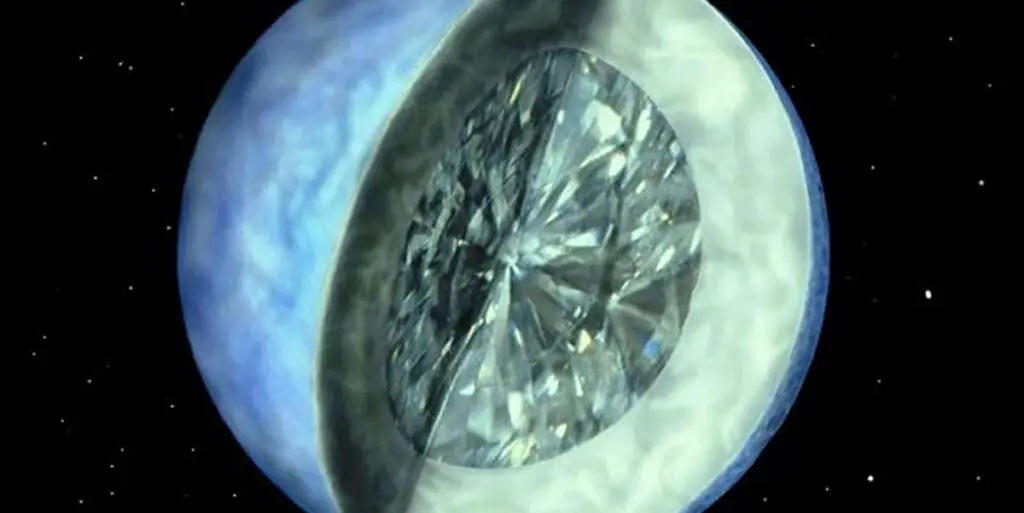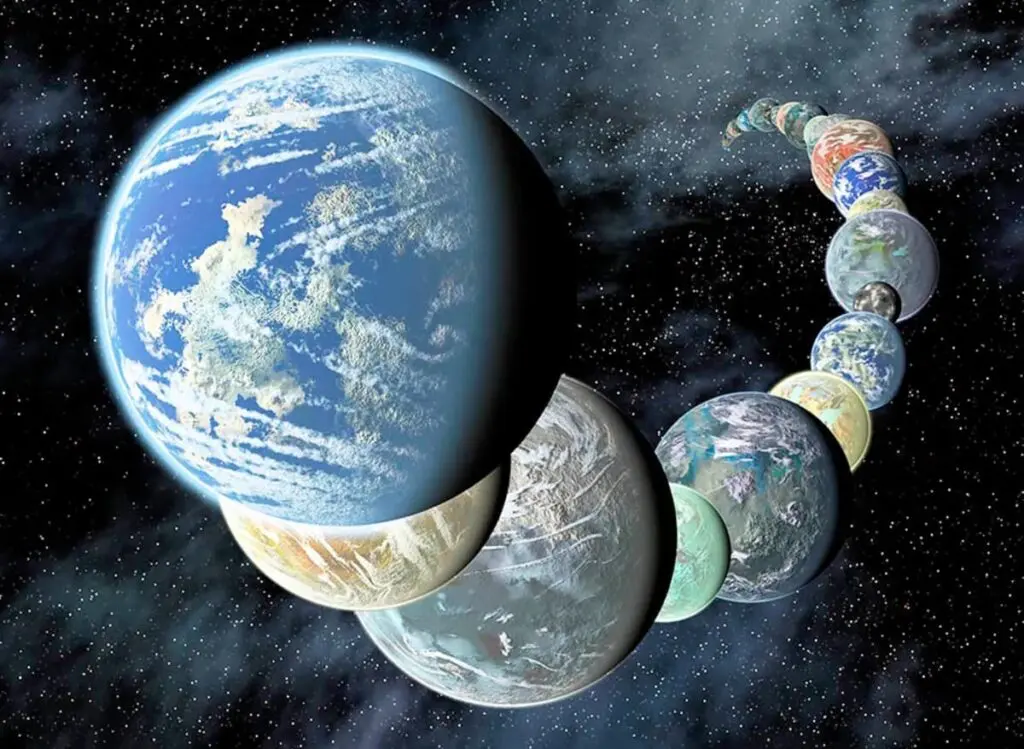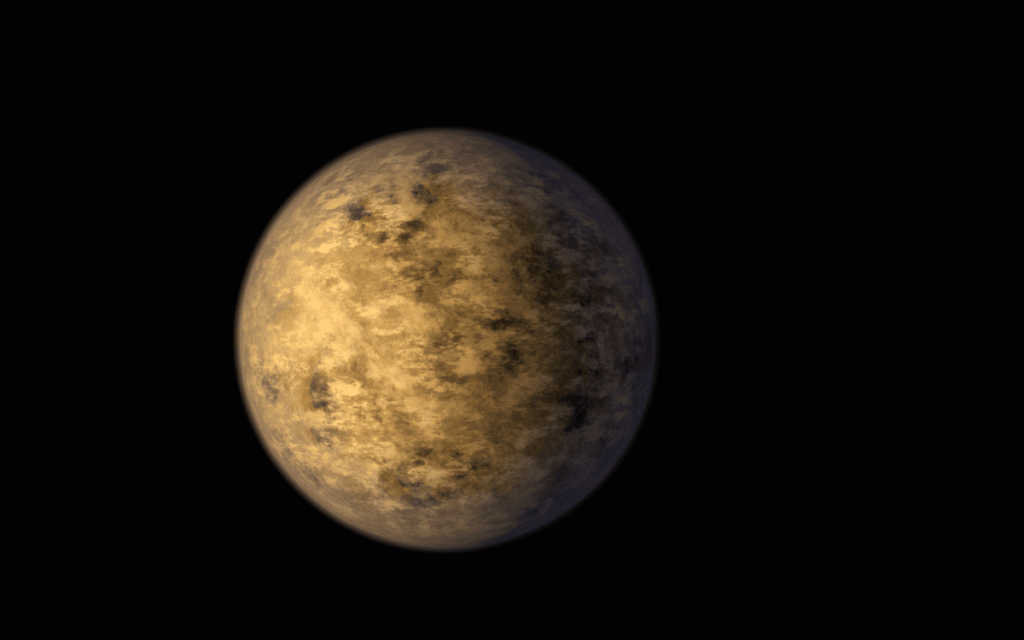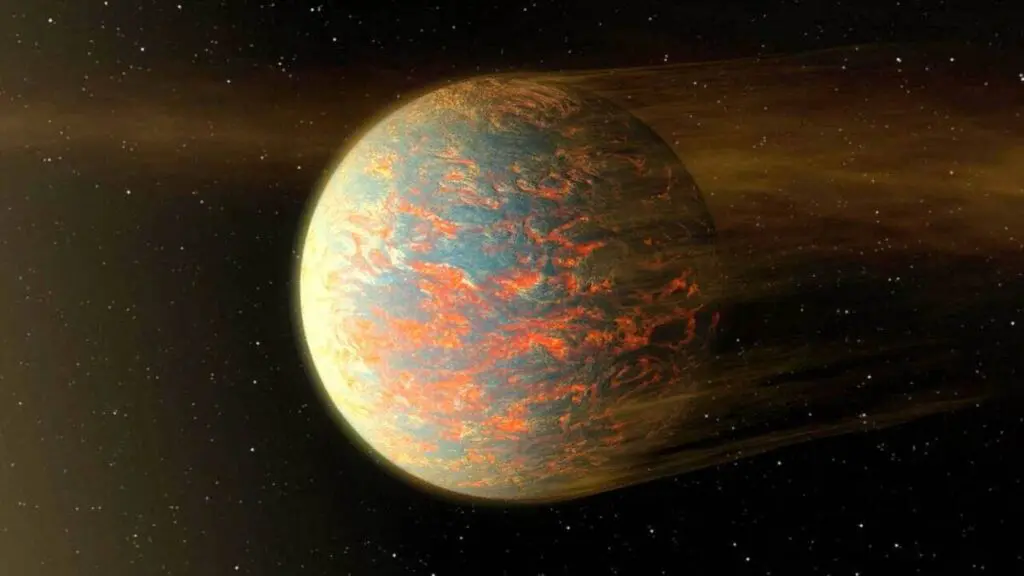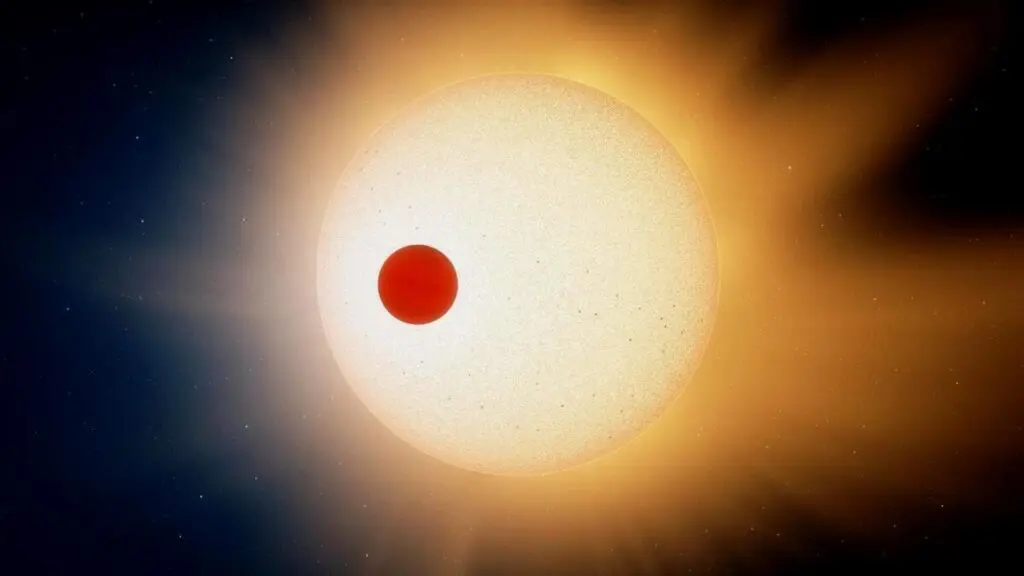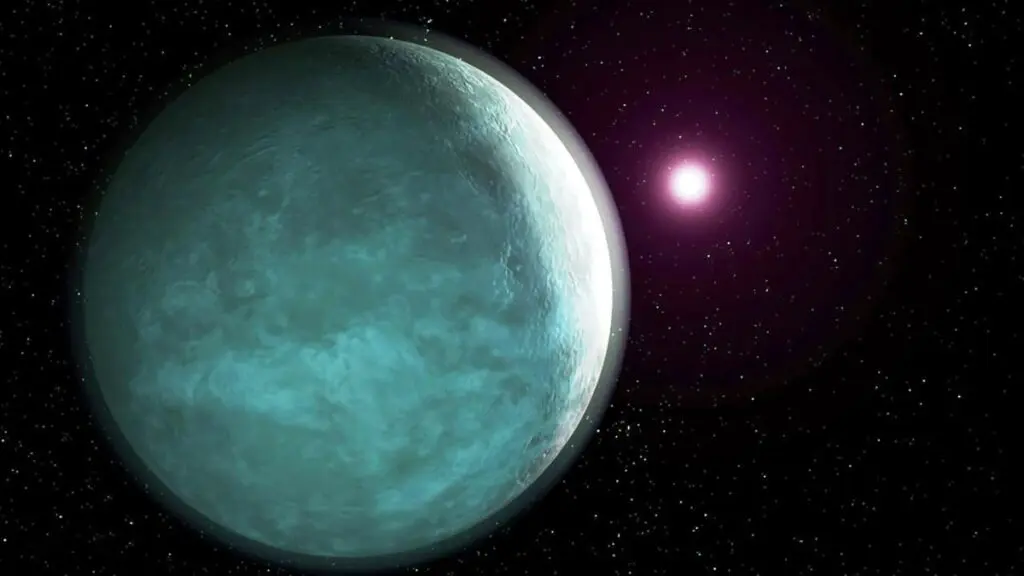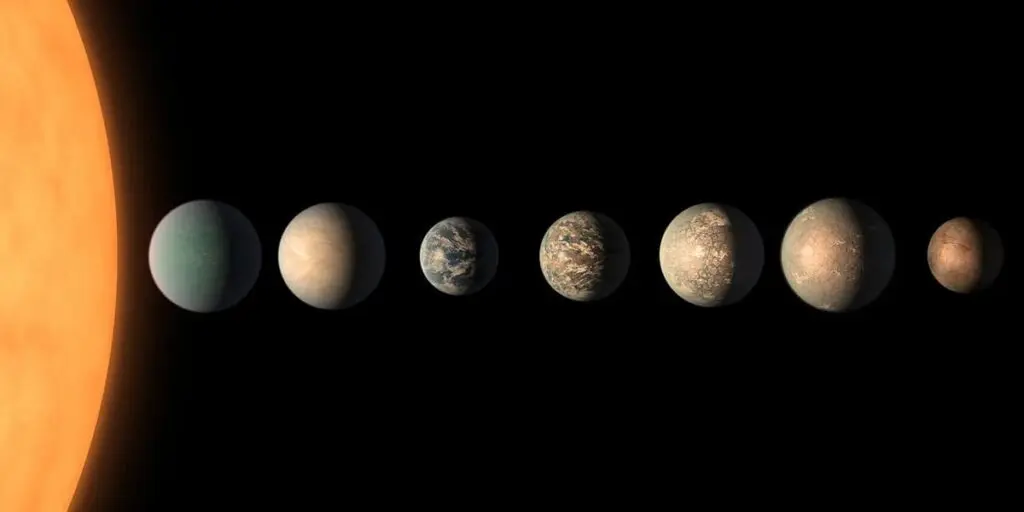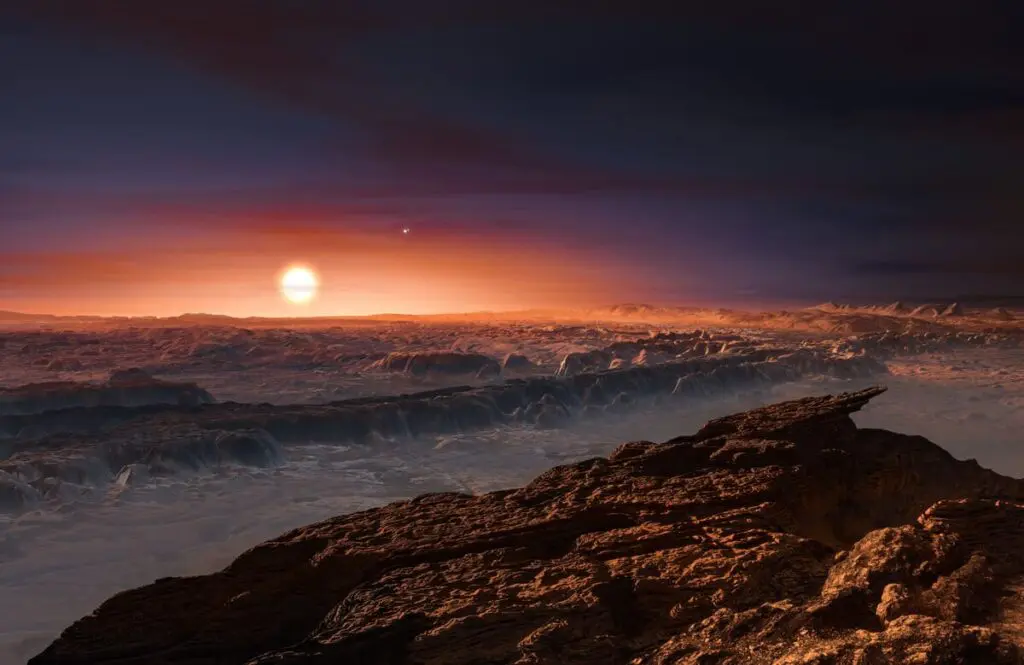
Did you know that there are planets so precious that they are almost entirely composed of diamonds? One of the most fascinating examples is 55 Cancri e, a “Super Earth” planet about 40 light years away from us. It is a planet composed of about one third carbon, probably originating in a similar way to [...]

But does a planet like Tattooine really exist? In the famous science fiction saga “Star Wars”, Tattoine is a desert world orbiting a binary star, the home planet of the Skywalker family. Worlds of this type are called “circumbinary” and orbit two stars instead of one. The two stars orbit each other, [...]

How many and which potentially habitable exoplanets do we know of? So far, astronomers have identified several exoplanets that could have the characteristics necessary to support life. At the end of 2023, there were a total of 63 exoplanets confirmed as potentially habitable. Among the most interesting candidates is Teegarden b, the innermost planet in the system […]

What characteristics must a planet have to be considered potentially habitable, i.e. suitable for supporting life? First of all, it must be located in the so-called “habitable zone” of its star, where temperatures allow for the presence of liquid water, which is essential for life as we know it. The mass of the exoplanet is also important: it must be large enough [...]

Ever since we started finding planets outside our Solar System, we have discovered that they are much more varied than those that are close and known to us. Among the most common and also most intriguing are surely them: the Super Earths! Super Earths are worlds larger than our Earth, but [...]

Outside our solar system, orbiting more than 3,000 stars in our Galaxy, we have found and are finding a multitude of worlds. Rocky, gaseous, swollen, dark, bright, hot... To discover them, astronomers use various techniques. The most common is the transit method. When a planet passes in front of its star, it blocks [...]

In our Solar System, the brightest planet of all is Venus: its proximity to the Sun and its atmosphere mean that it has a very high reflectivity of about 75%. There is, however, one planet, which we discovered in 2020, that exceeds this value: it is called LTT 9779 b and is known [...]

40 light years from us shines a star a little larger than Jupiter, a few billion years older than the Sun, and home to a rich planetary system of seven Earth-like worlds: TRAPPIST-1. The seven planets of TRAPPIST-1, discovered between 2016 and 2017, orbit very close [...]

Until 1995, despite the many hypotheses put forward over the years, no one had ever confirmed the presence of other worlds outside our Solar System. With the official discovery of the first among them, therefore, a veritable new era for astronomy has begun! We are talking about 51 Pegasi b, about 50 light years from [...].

We have discovered over 5,000 planets outside the Solar System, and the closest of these is Proxima Centauri b, just over 4 light years from us. Discovered in 2016, it is slightly larger than Earth and is located in the habitable zone of its star, Proxima Centauri, where there may be temperatures suitable for the presence [...]
